In search of the sun. Garmin Fenix ​​6 Pro Solar - review
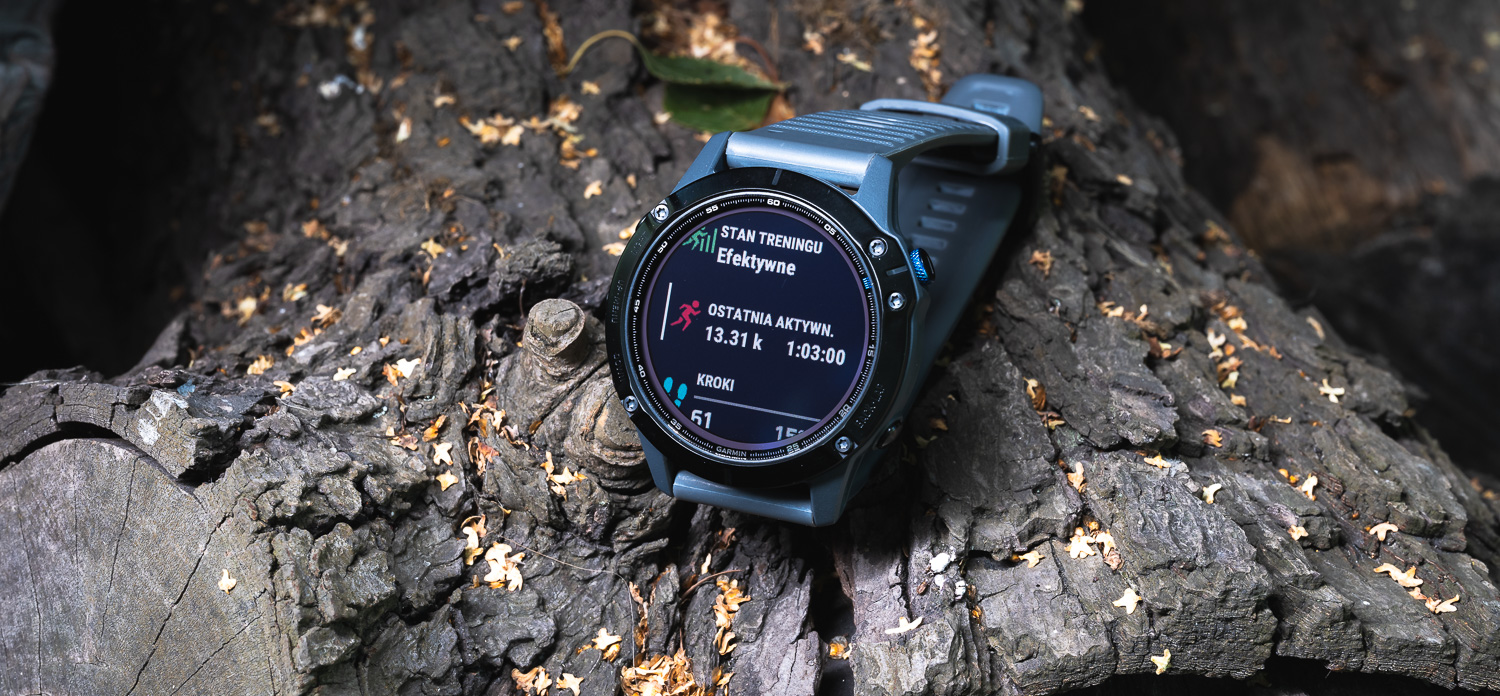
Some argue that you can live on nothing but the cosmic energy of the sun. Garmin, in turn, claims that the Fenix 6 Pro Solar is able to survive up to 16 days without charging thanks to this energy. On the other hand, I say that I must have recoiled and I do not know what this introduction was supposed to be aimed at.
So let's go straight to the test.
Garmin Fenix 6 Pro Solar - what is it?
Since you came here, you probably know more or less. However, if you came here by accident, I will explain quickly.
Fenix 6 Pro Solar is - in short, but not necessarily an exaggeration - Fenix 6 Pro with added solar charging, which we already know from the Fenix 6X Pro Solar.
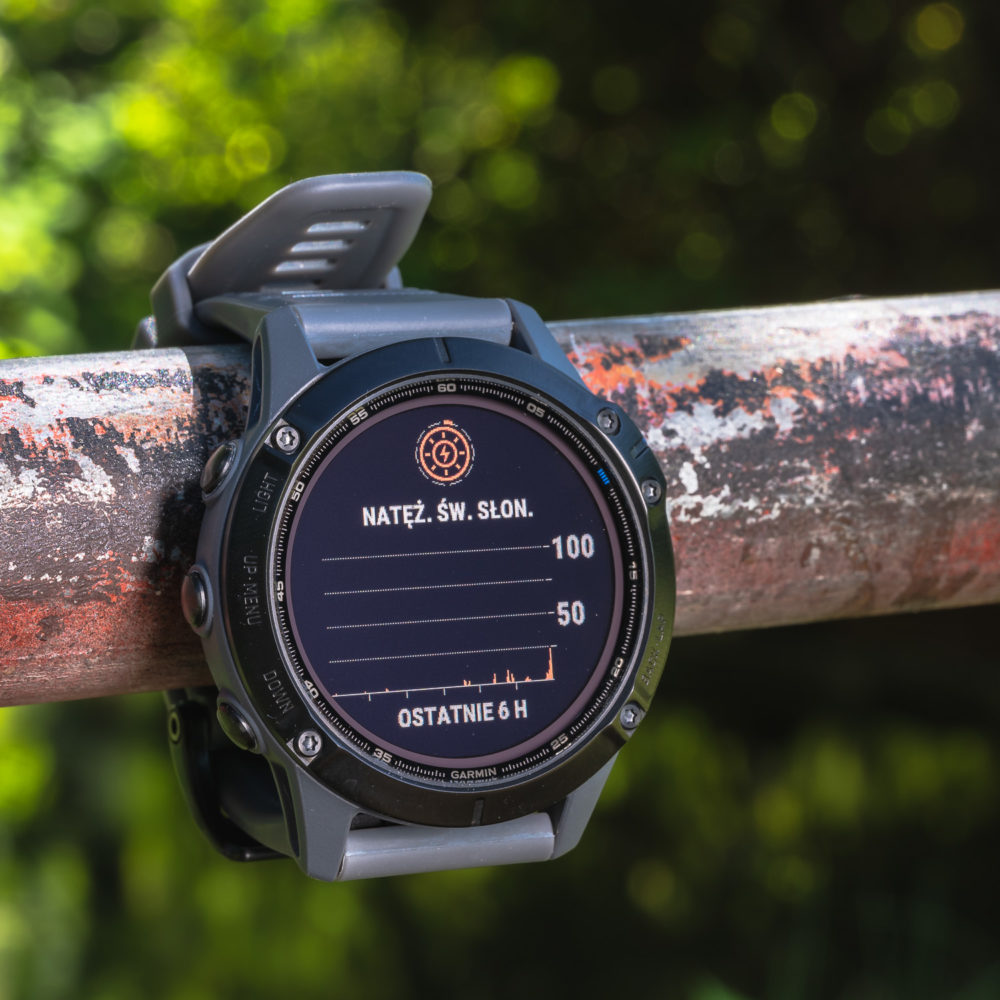
Theoretically, this would be the end of the review, but I suspect the publisher would not like it. So let's take a quick look at the differences and similarities between the 6 Pro and the 6 Pro Solar. As for the general technical parameters:
- size: virtually no difference. The Solar version is about 0.4 mm thicker than the regular Pro, but I doubt anyone notices it
- mass: similar. Solar is heavier in the steel version by a whole 2 g (85 versus 83, counted with the strap)
- screen: exactly the same, i.e. 1.3 inches, 260 × 260 pixels
- screen protection: and here's the difference. Fenix 6 Pro is offered either with Gorilla Glass DX (I have a 945, it works great) or with sapphire glass. Solar is offered only with the so-called Power Glass. I'm not very scratch-prone, but I only tested it for three weeks, so it's hard to say what it will be like in the long run. When it comes to visibility in strong light - there is nothing to worry about. Any loss of contrast under such conditions is minimal.
- water resistance class: 10 ATM in both cases
- memory: 32 GB in both cases
Pro Solar is also offered in slightly different color versions than the regular Pro, but when it comes to the visual and specification part, that would be it. In terms of software, the differences are completely negligible - although the a few additional types of activities, but they will go to regular Fenixes anyway.
But it's all irrelevant, it's all about working time on a single charge.
Now yes: when it comes to working time without solar support, it is in the Pro Solar version identical to that in the Pro version. So if you live only at night, you can actually stop reading anymore.
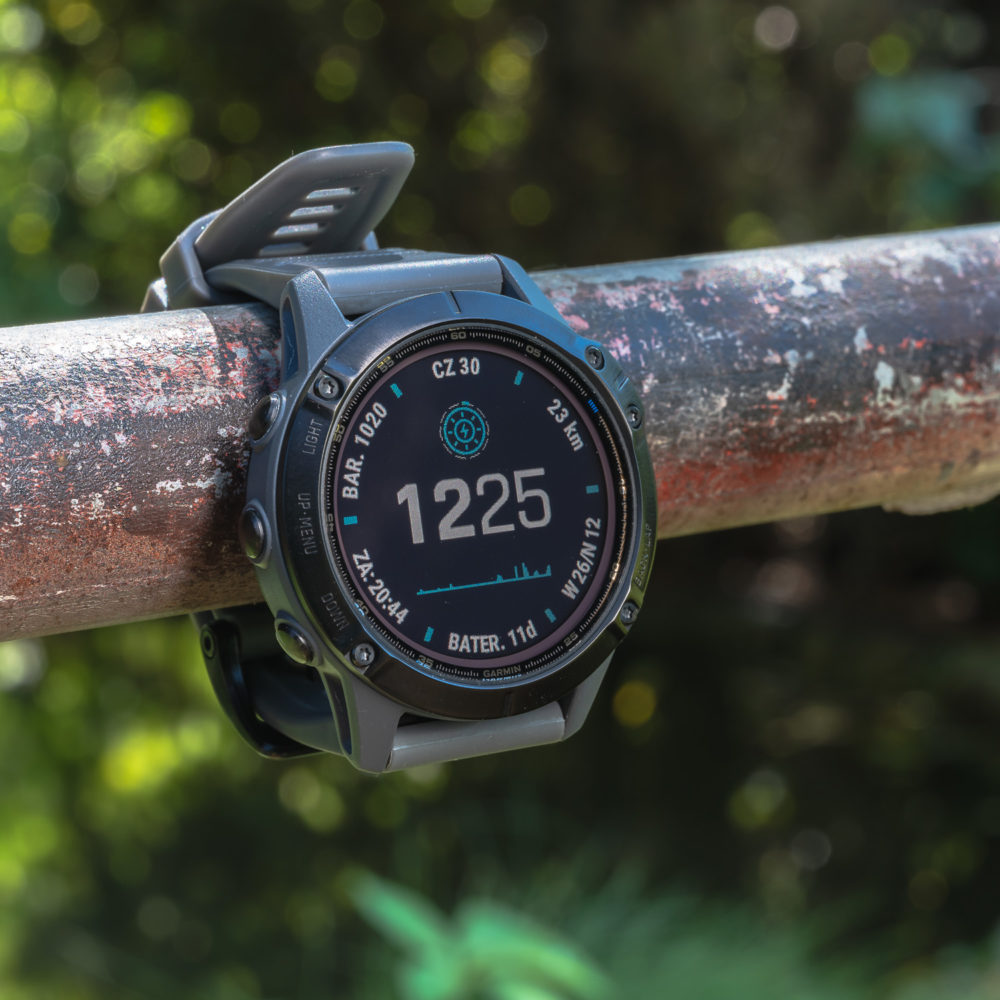
On the other hand, if you regularly go out into the sunlight, the battery parameters are as follows:
- in watch mode - up to 14 days / 16 days when charged with solar energy
- in energy saving mode - up to 48 days / 80 days when charged with solar energy
- in GPS mode - up to 36 hours / 40 hours with solar charging
- GPS and music mode - up to 10 hours (interestingly, no information about solar gain here, but I'll come back to that in a moment)
- GPS in economy mode - up to 72 hours / 93 hours when charged with solar energy
- expedition mode - up to 28 days / 36 days when charged with solar energy
Just in case, I will repeat - these basic parameters are absolutely the same as in the case of the regular Fenix 6 Pro.
Importantly, all these additional parameters were calculated on the assumption that the watch has been in the air for at least 3 hours with an illumination of 50,000 lux . At the same time, it does not necessarily mean that the sun is burning - during a normal, sunny day, the charging indicator on the watch face would fill up completely.
All in all, you can already see everything worth knowing about the Fenix 6 Pro Solar here.
Already on the basis of the technical parameters of the battery's behavior, it is clear where the 6 Pro Solar can work, in what types of activities and to which users it is intended.
Because when it comes to the standard usage scenario, i.e. one in which we do not want to compromise resulting from different energy saving modes, the profit is minimal. Although I will not write that I would despise these additional 4 hours of work with GPS for free , but the conclusion is quite simple - at least looking at the data on working time with GPS with music. Solar recharging is mainly able to slow down the discharging, and this only when the energy load is not too high.
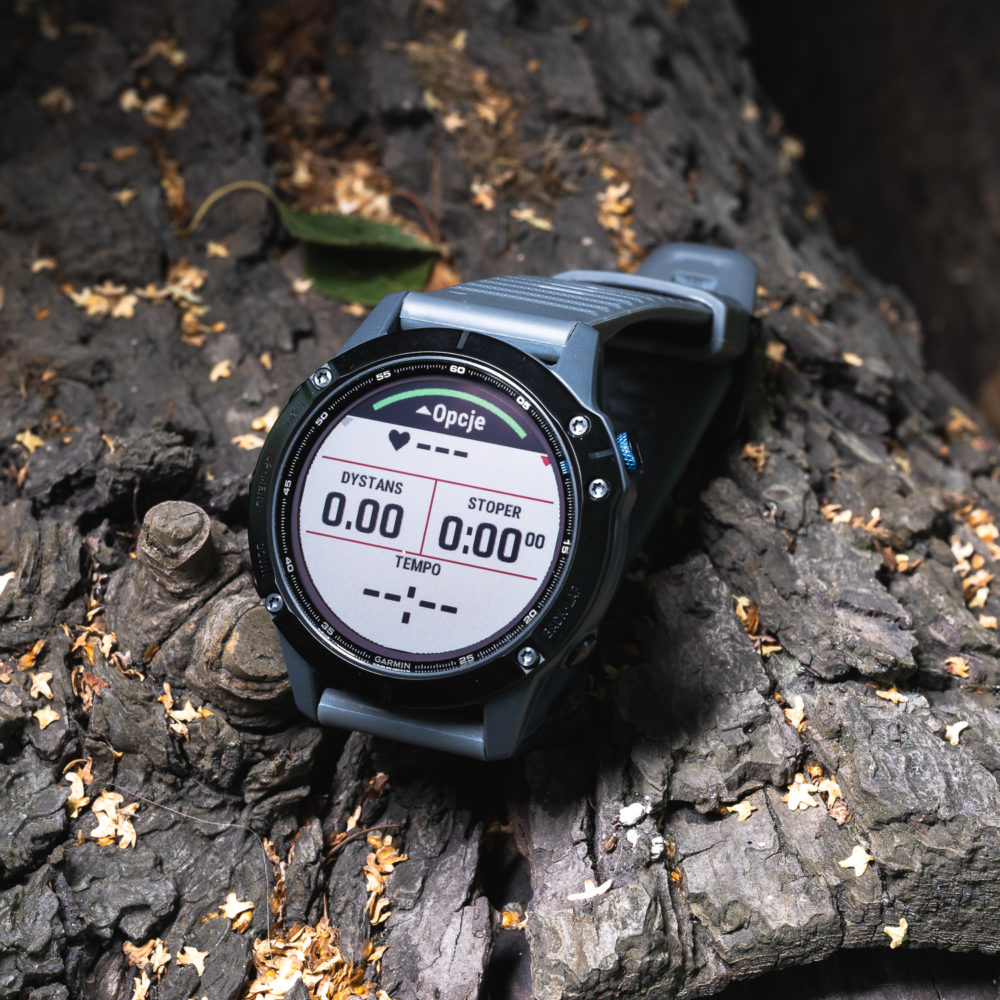
It is different when we have no access to power or we do not want to use it for some reason and we do not have to register our location or heart rate every second. In the economical mode with GPS, the bonus 20 hours is no longer a joke. The more so, transfers are not 8 bonus days (36 in total) in the expedition mode.
This can really make a difference, because it gives us even more than a week of additional travel record during some extreme vacation. Still, it is not a worthy result of the 6X Pro (up to 46 days), but it is an interesting option with smaller dimensions at the same time.
During such trips, we can easily catch these 3 hours in the sun, which during a normal week, in normal work, may not be so easy. Especially in autumn and winter, when it happens that it is dark when we leave for work, and equally dark when we come home.
What is this Expedition Mode?
It is nothing new - it was already in the standard Fenix 6 series. It is simply an extremely economical GPS mode, designed for multi-day hiking - something that the Fenix 6 Pro Solar can be extremely good at.
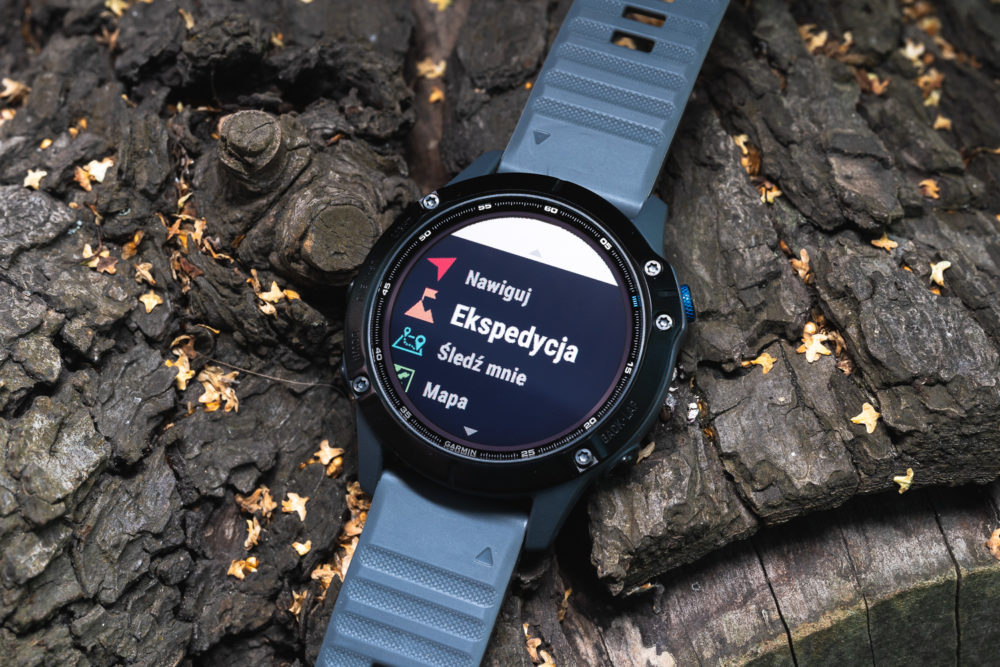
How exactly does it work? Expedition Mode turns off virtually all sensors and communications modules, as well as most watch functions. Yes, we also lose connection to the smartphone, so goodbye notifications and so on. Yes, there is no heart rate recording in this mode. There is a map for it, but I would definitely not abuse it if we really want to squeeze as many days out of the battery as possible.
In addition, our route is not recorded smoothly - determining the location and recording individual points takes place by default once an hour.
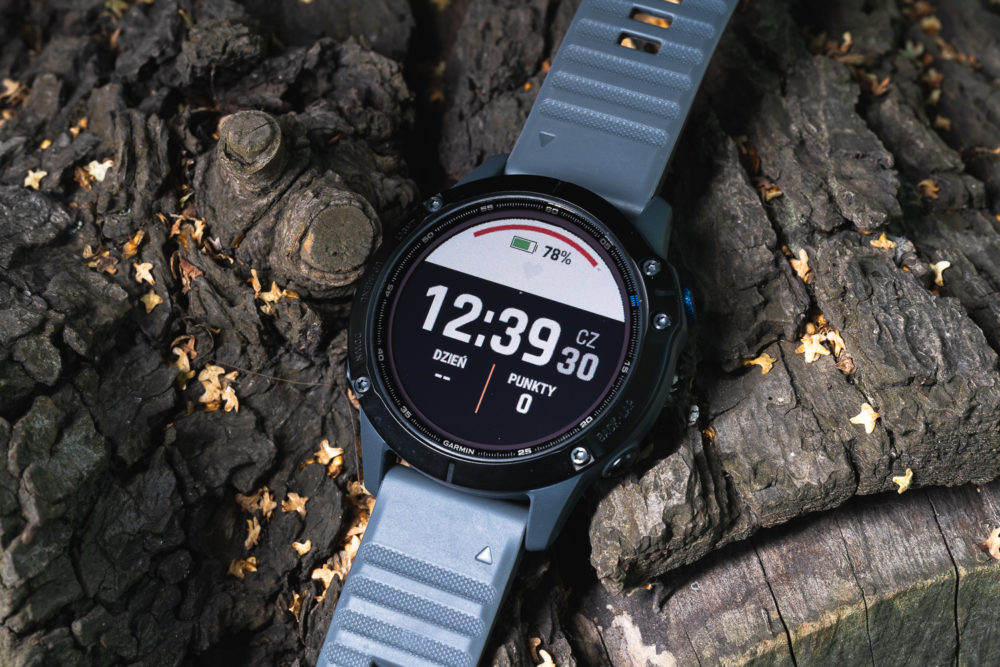
Effect? The same as listed earlier - extremely low battery consumption, and thus extremely long time without charging. And here the Pro Solar shines, giving us an extra 8 days. You have to admit - it makes a difference.
How is it in practice? How long will the Fenix 6 Pro Solar last under normal use?
Unfortunately, I didn't get permission from the publisher to hide in the forest for 36 days, so here I won't help you with the results. However, I know how much the Fenix 6 Pro Solar wrist withstands in my private standard use.
From 100 percent up to 0 percent in ... 11 days and 5 hours.
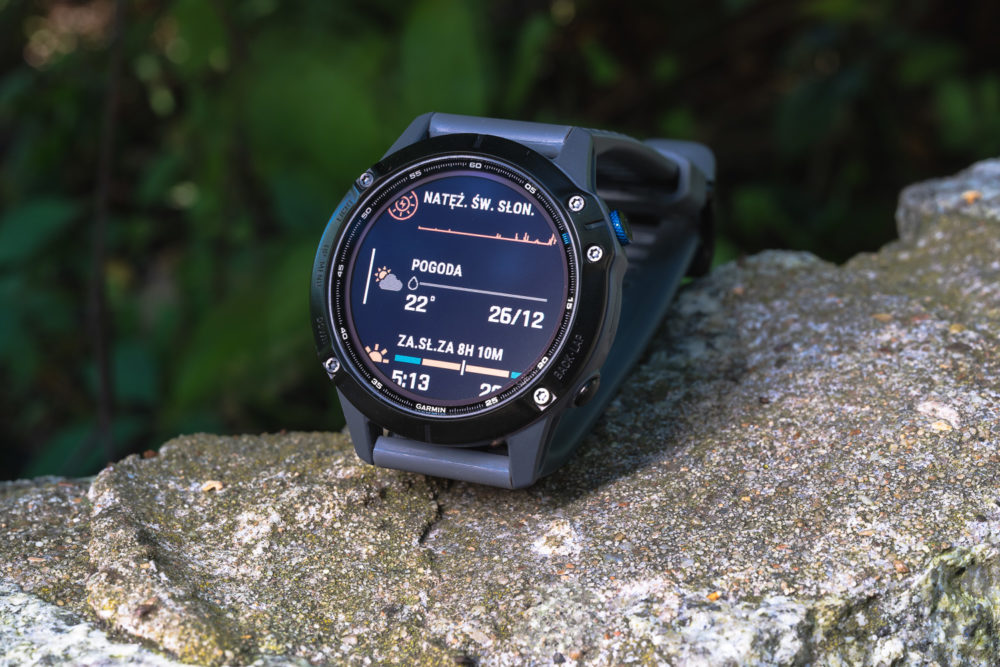
Theoretically, the Fenix 6 Pro Solar should last up to 16 days with solar charging, but this is assuming that we would use it like a watch. However, I decided to use it a little more intensively. Test conditions?
- permanent connection with the phone,
- all notifications sent to my watch (I hate it, but decided it was fitting)
- I did not take the watch off my hand for the entire testing period,
- all the features that were turned on by default remained on - from continuous heart rate measurement to WiFi
- I have installed one application
- I regularly checked the weather and other information available on my watch
- I used Garmin Coach workouts (not during every activity)
- I used an external HR sensor connected to the watch
So normal, everyday, smartwatch use. Oh, I would forget one thing:
- to this I added about 8 hours of training with GPS in its most energy-consuming mode. This included workouts with Garmin Coach, i.e. the watch additionally sweated while monitoring what I was doing and squeaking at me when I was doing something wrong
So maybe it wasn't too exhausting or intense 11 days, but I definitely didn't lie belly up. Fenix 6 Pro Solar doesn't either, as long as it can be considered a stomach at all.
If someone wanted to summarize these 11 days in an active form, here is:
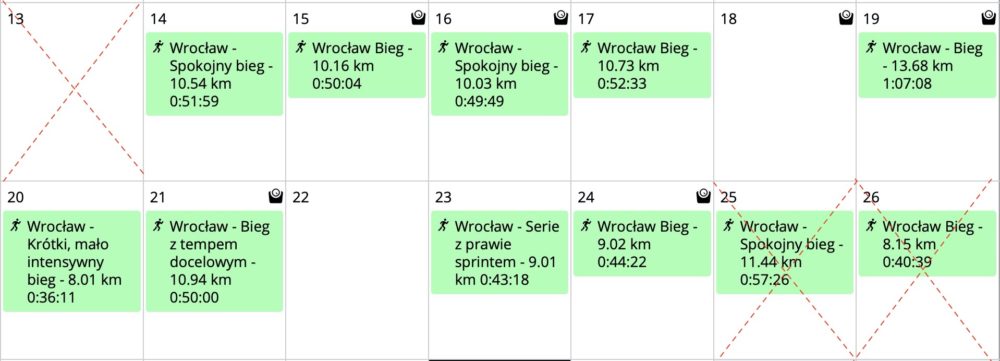
13. I haven't had Fenix on my hand yet, but the activities from 25 and 26 are after charging the device.
11 days and 5 hours - good or bad?
Compared to most devices on the market - phenomenal. Also if you add to this the fact that I have found that I rarely ... spend 3 or more hours in the sun, because my work forces me to sit in front of the computer most of the day. And yet I was able to easily exceed 11 days without charging with a few activities.
By the way, the tab with solar charging data in Garmin Connect is probably one of the most useless things in the world. While the indicator of the instantaneous charge level on the dial still makes sense, I have no idea what conclusions can be drawn from such a graph:

There is… anything missing here. For example, information about how much time we spent in the sun, how many percent of the battery was discharged or how much time the discharge was slowed down. Maybe some advice like "if you want to get the declared performance on a single charge, you should spend 38.5 minutes more in the sun". Or whatever. For example, a warning that we have spent XXX hours in the strong sun and whether we have applied some cream.
Okay, I'm already starting to figure it out, but I have a feeling that this graph is only there to make sure Solar is working and Garmin is not fooling us by letting you know that there is such a solution.
Is it worth it or not?
Now let's talk about the most difficult one, which is the price. Fenix 6 Pro costs about PLN 2,800. Fenix 6 Pro Solar, on the other hand, ... by over PLN 1000 more, or about PLN 3850.
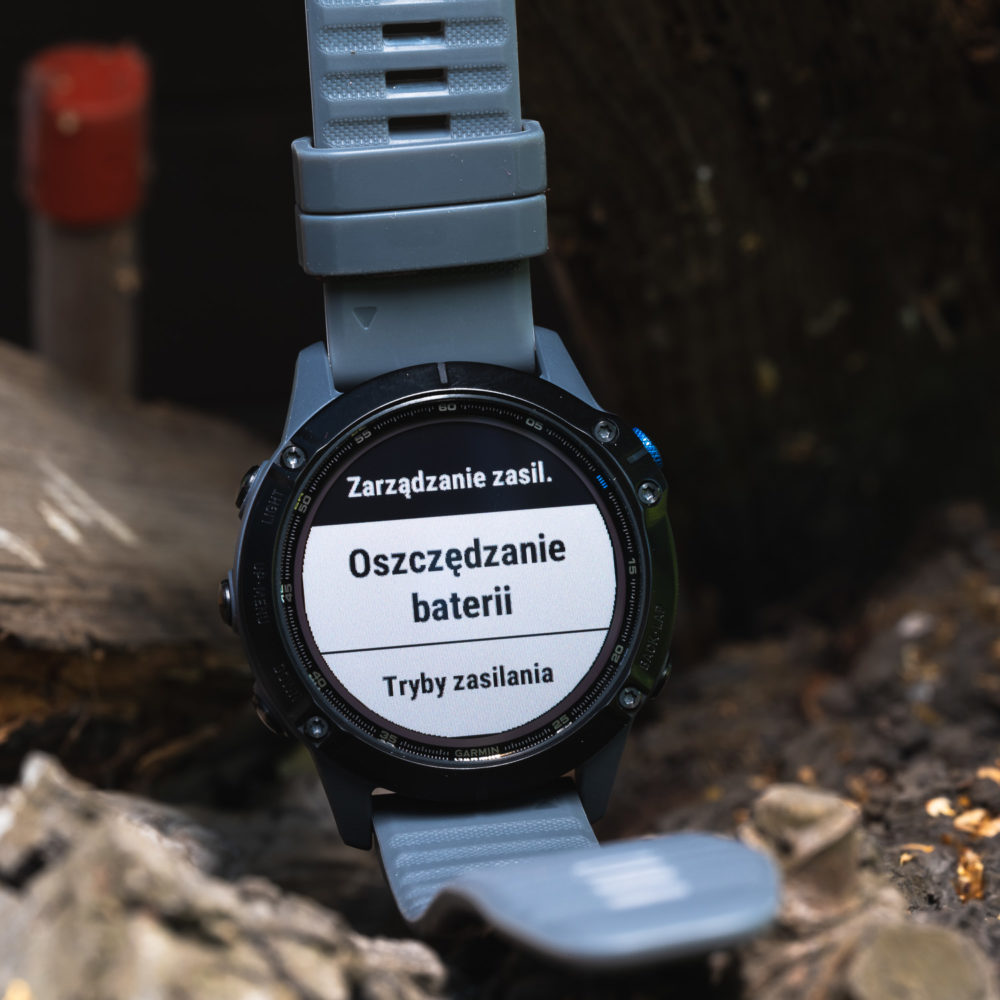
Here, the Fenix 6X Pro enters the game, fully fenix, which costs about PLN 3,100 and in terms of working time on a single charge, the 6 Pro Solar even works in optimal conditions.
I have no doubts about it - those who consider the 6 Pro Solar for rational reasons, primarily care about the working time without recharging. So that another declaration about giving up everything and escaping to the Bieszczady Mountains (for a while) was not just an empty threat.
And the truth is that with the 6X Pro they will be able to escape to these Bieszczady Mountains for much longer, while keeping an adequate supply of cash in their pocket.
The only price that we will pay for this battery comfort (apart from PLN 3,100) is that the 6X Pro is simply a huge mare with an envelope 4 mm larger in diameter - and this can also make a difference.
The Fenix 6 Pro Solar hits a rather interesting niche - it is a watch for those who want to venture out into the wild for long days and not charge the watch there, but at the same time do not want to throw a huge compass on their wrist, but just a large compass.
And for those who do not even blink an eye, when the seller in the store tells them at the checkout that they now have to pay PLN 3850 for the watch.
In search of the sun. Garmin Fenix 6 Pro Solar - review
Comments
Post a Comment